Located on Hoang Nhu Khuong Street, Ward 12, District 10 (Ho Chi Minh City), the Museum of Traditional Vietnamese Medicine is a place to store thousands of artifacts of Traditional Vietnamese Medicine, including many artifacts about Hai Thuong Lan Ong Le Huu Trac - the great physician of the nation.
The Museum of Traditional Vietnamese Medicine was built in 2003 and put into use in 2007 with a scale of 6 floors and 18 rooms. The museum was born from the idea, passion and 20-year collection process of Mr. Le Khac Tam - Chairman of Fito Pharma Pharmaceutical Company with the desire to preserve valuable assets and honor Vietnamese traditional medicine.
Different from the bustling, hurried appearance of every street corner of Ho Chi Minh City, the museum space is quiet and ancient with many unique carvings. This place is preserving about 1,112 names of medicines and more than 3,000 precious artifacts related to traditional Vietnamese medicine from the Stone Age to the present, such as: knives, boats used to cut and grind medicines.
Among them are a number of slicing knives (tools for cutting medicine into thin slices) brought back from the homeland of Zen master Tue Tinh - the founder of Vietnamese traditional medicine in the 14th century and famous physician Hai Thuong Lan Ong Le Huu Trac - who left behind many monumental works on traditional medicine in the 18th century.
Ancient medicine pots and kettles collected from all provinces of Vietnam are kept at the museum.
In the center of the museum is the altar of the two founders of Vietnamese medicine, Tue Tinh and Hai Thuong Lan Ong.
The surrounding decorations include wooden horizontal lacquered boards and parallel sentences gilded with gold, exuding majesty and solemnity.
The museum also has a huge collection of Chinese-Nom books for those who want to study traditional medicine in depth. Among them are many valuable books such as Y Tong Tam Linh, Nam Duoc Than Hieu by Hai Thuong Lan Ong Le Huu Trac (including 28 volumes, 66 books) - considered an encyclopedia of traditional Vietnamese medicine.
Inside the museum there is a room called “Famous Vietnamese Physicians” - where 15 gilded wooden paintings of famous physicians and authors of traditional Vietnamese medicine from the 13th to 19th centuries are displayed. In the photo: the painting of Great Physician Le Huu Trac is in the bottom right row.
The highlight here is the model of the Imperial Medical Institute with interior decoration in the style of ancient royal palaces. This is the place to take care of the health of kings and royal families. The space of the Imperial Medical Institute is decorated with gilded paintings with themes related to traditional medicine, picking and growing medicinal plants, preparing medicine, taking pulses...
Coming to the museum, visitors can also admire the work "Vietnam Bach Gia Y" carved in wood, recording the names of 100 famous doctors and people who contributed to Vietnamese traditional medicine from the 12th to the 20th century.
The mother-of-pearl painting depicts “Traditional Medicine in the Life of the Vietnamese Community” along with the Chinese Medicine Street, Ben Thanh Market, Hue Imperial City and finally Hoan Kiem Lake. This painting has been recorded in the Guinness Book of Vietnam Records.
The museum also provides an overview of the traditional architectural features of different regions and ethnic groups. Pictured is a small Cham Tower modeled after the entrance gate to the Thang Long Temple of Medicine, built in 1780 in Thang Long, Hanoi.
The Museum of Traditional Vietnamese Medicine is a place where everyone can learn about the historical values of Vietnamese medicine in general and famous doctors in general, and the founders of Vietnamese traditional medicine in particular.

This is also a meaningful and unique tourist destination that many tourists visit when coming to Ho Chi Minh City. From there, they understand and love the medical profession and the unique cultural features of the nation.
Le Huu Trac's pen name was Hai Thuong Lan Ong, when he was young he was also known as "young master Bay". He was born on November 12, Giap Thin year (1724) in his father's hometown, Van Xa village, Lieu Xa village, Duong Hao district, Thuong Hong prefecture, Hai Duong town (now Lieu Xa commune, Yen My district, Hung Yen province). He died on the full moon day of January, Tan Hoi year (1791) in his mother's hometown, Bau Thuong village, Tinh Diem commune, Huu Bang canton (now Quang Diem commune, Huong Son district, Ha Tinh province). After more than 40 years of tireless research and treatment to save people, Le Huu Trac left Vietnamese medicine a huge and valuable legacy, especially the book series "Hai Thuong Y Tong Tam Linh" - this is considered the medical encyclopedia of the 18th century. He was not only a famous physician with great contributions to traditional medicine but also a great writer, poet, and thinker of the time. On November 21, 2023, the 42nd session of the General Assembly of the United Nations Educational, Scientific and Cultural Organization (UNESCO) in Paris (France) passed a resolution approving the list of "Cultural celebrities and historical events for the 2024-2025 school year", including the dossier commemorating the 300th anniversary of the birth of the great physician Hai Thuong Lan Ong Le Huu Trac. This is a great recognition of his merits, contributions and dedication to the medicine, literature and culture of the Vietnamese people as well as the world. |
Thu Ha
Source


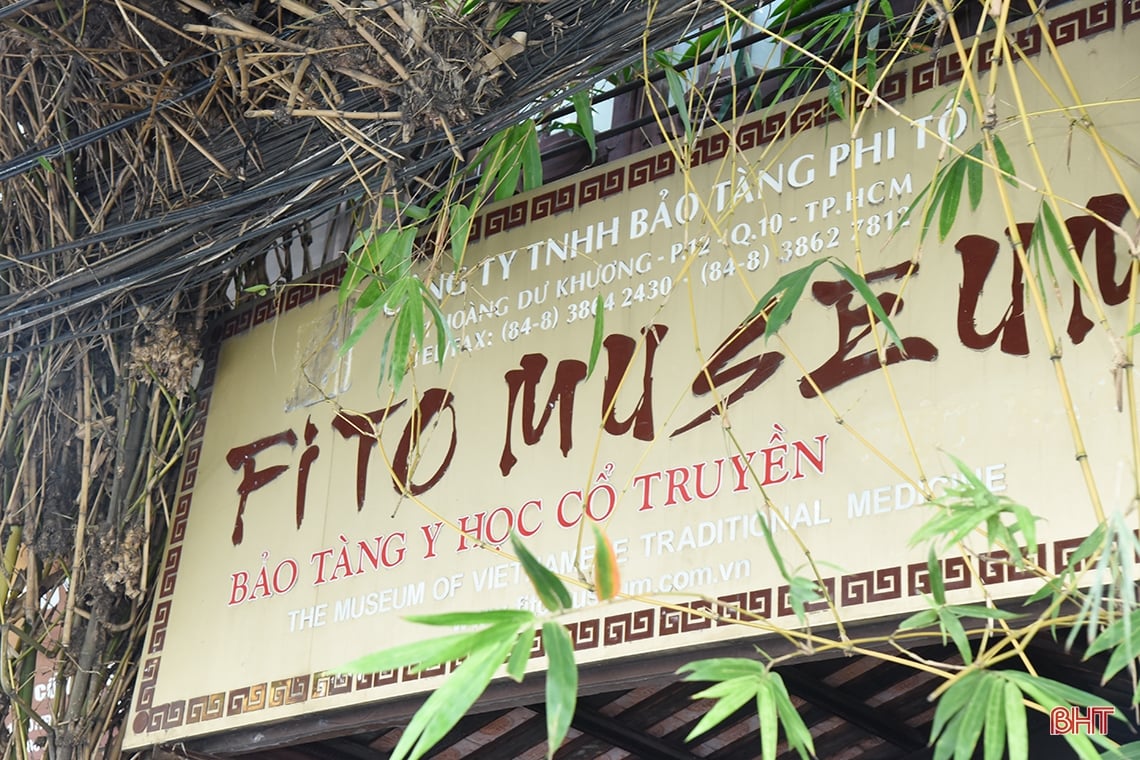
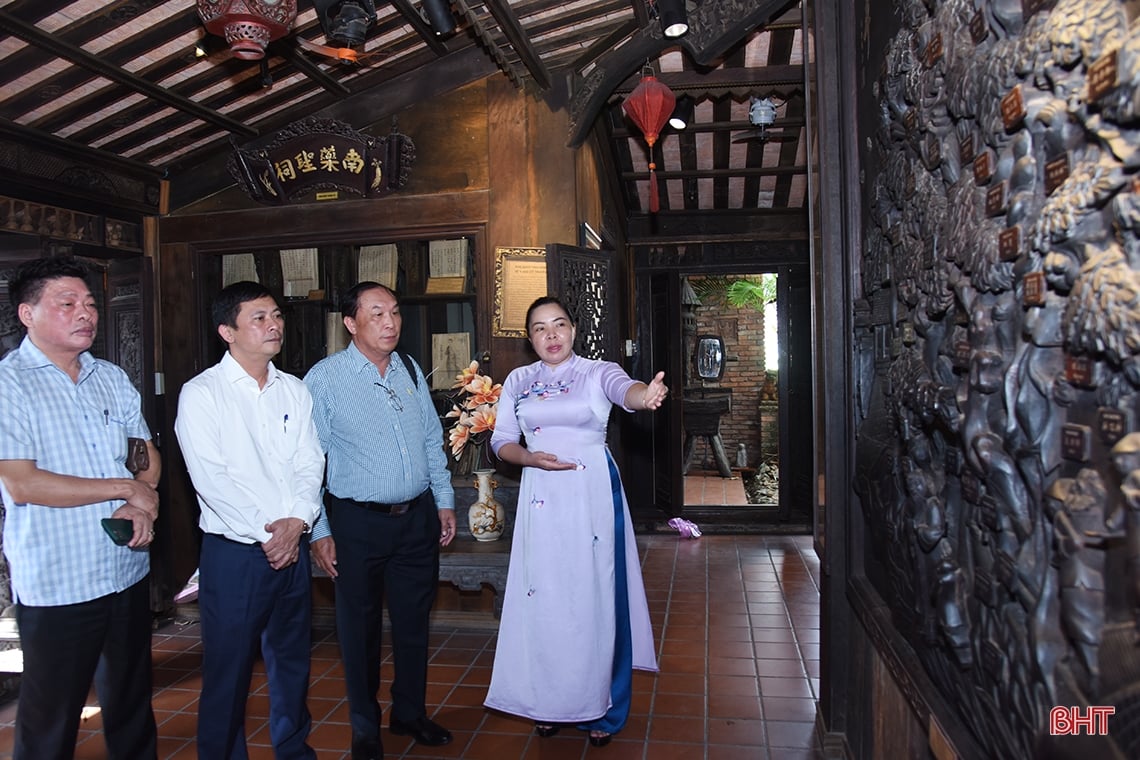
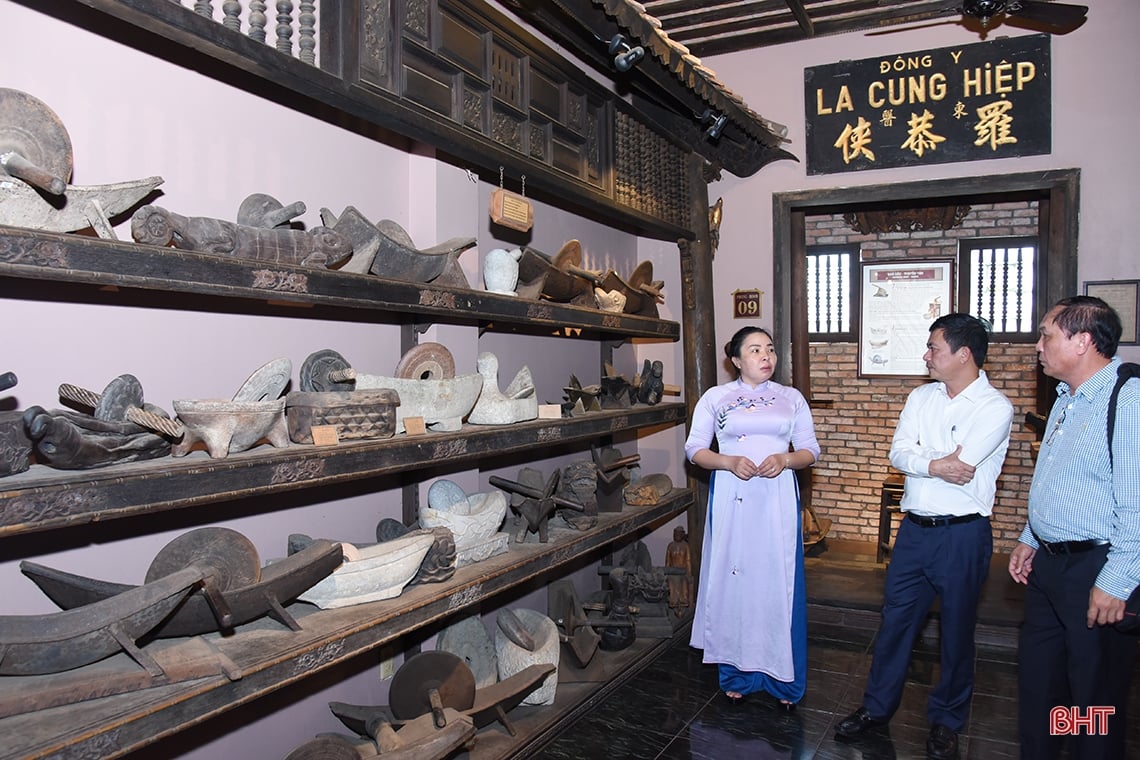
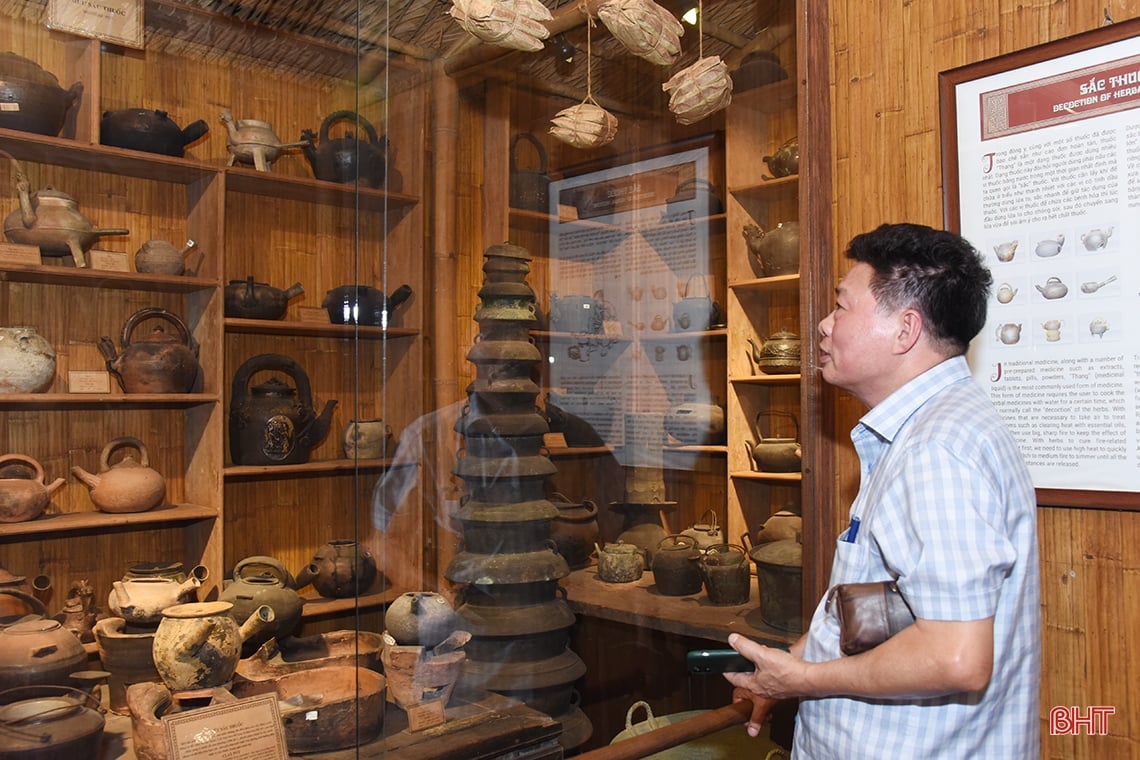
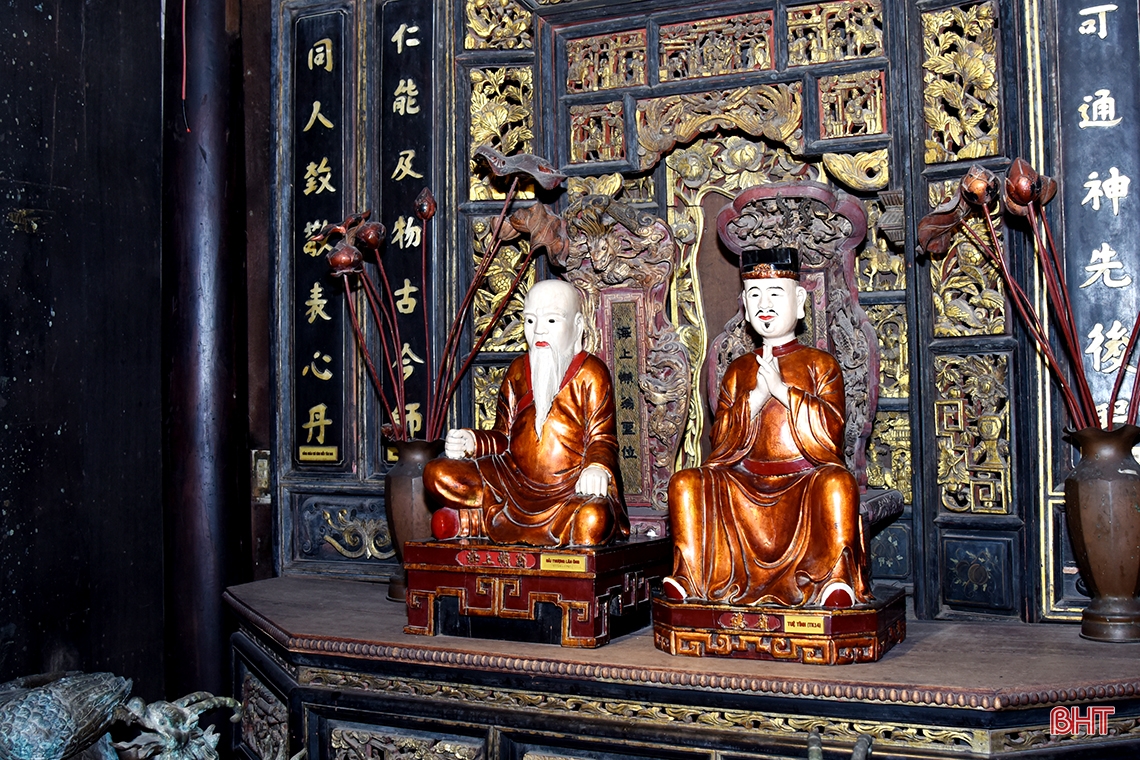
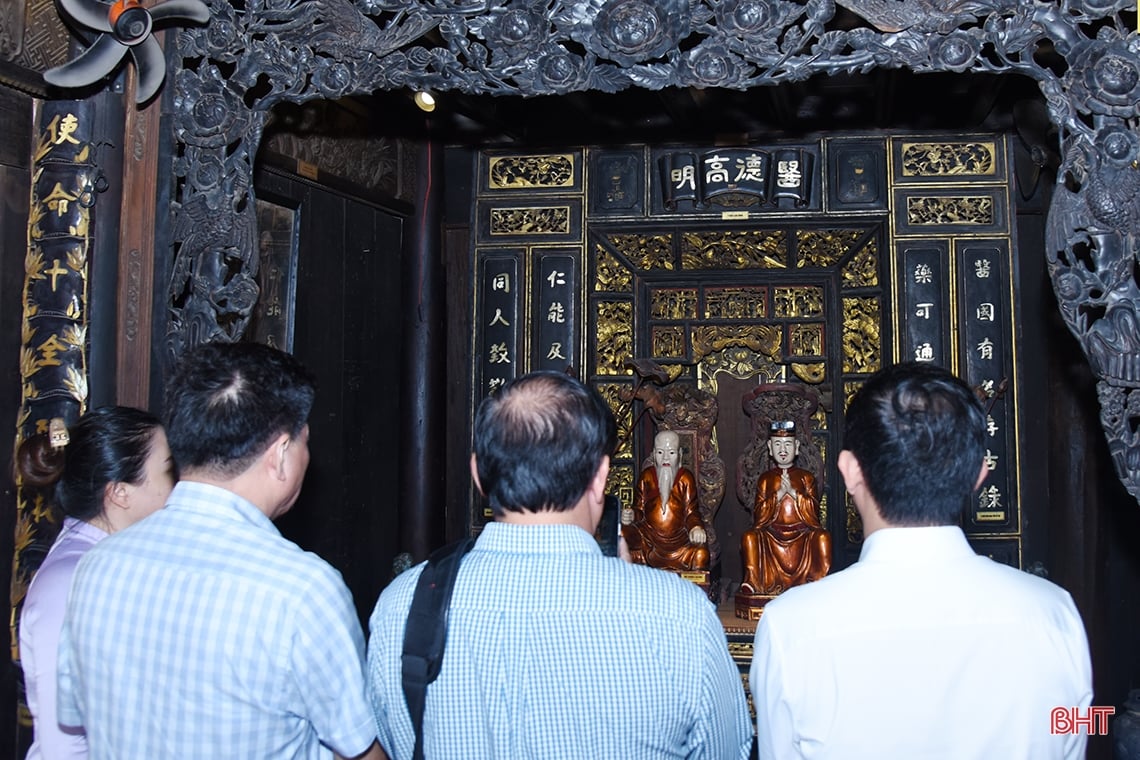
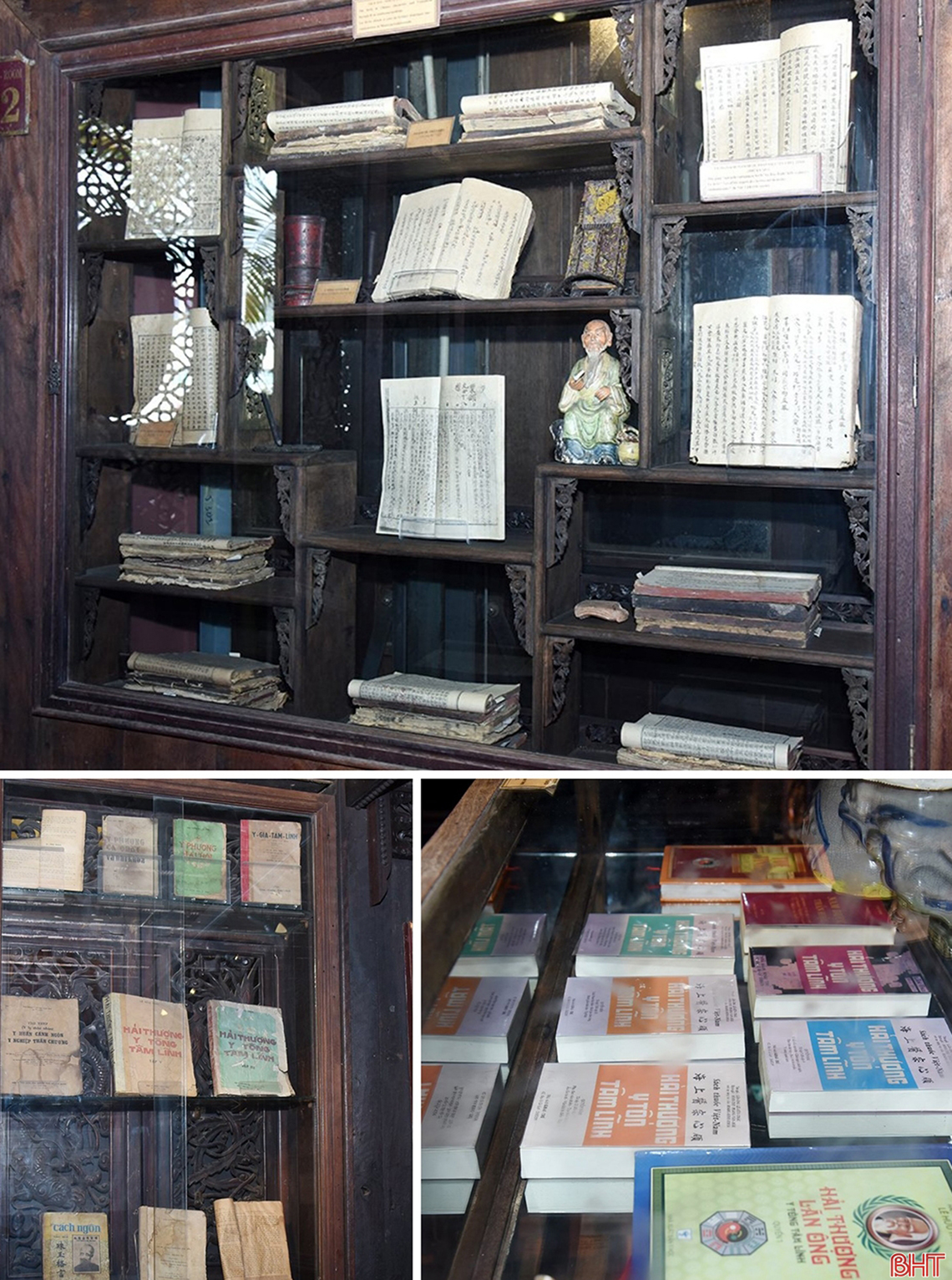
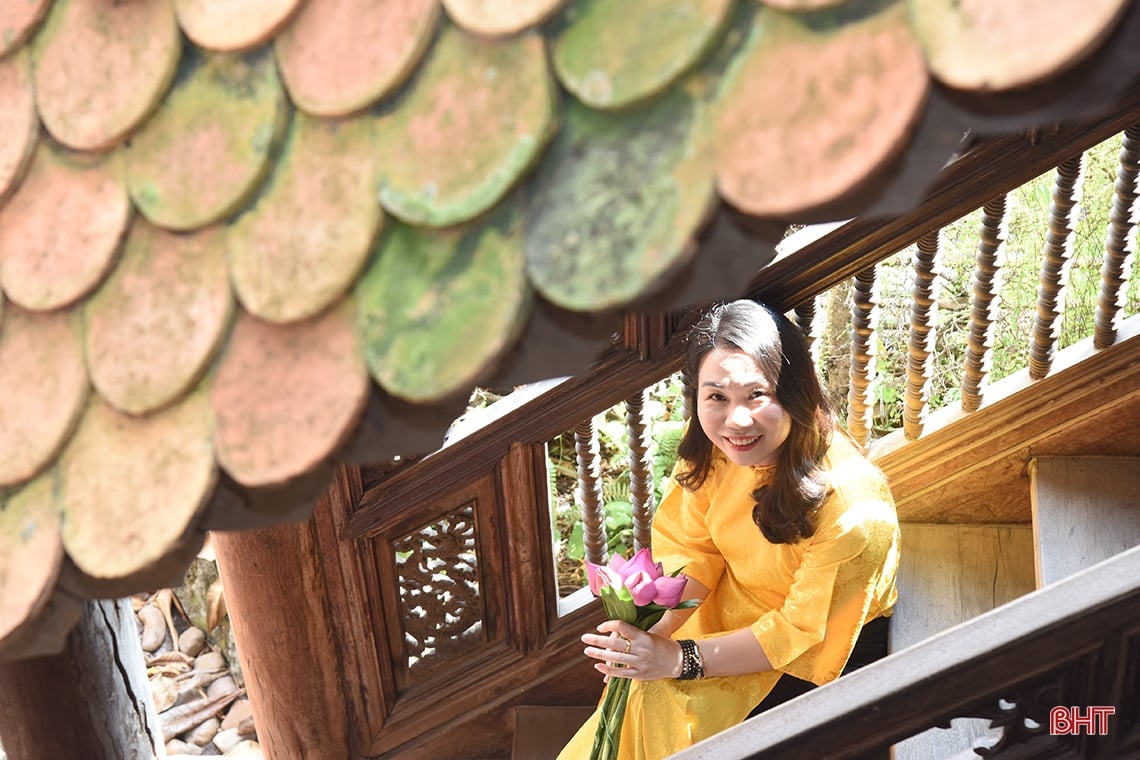
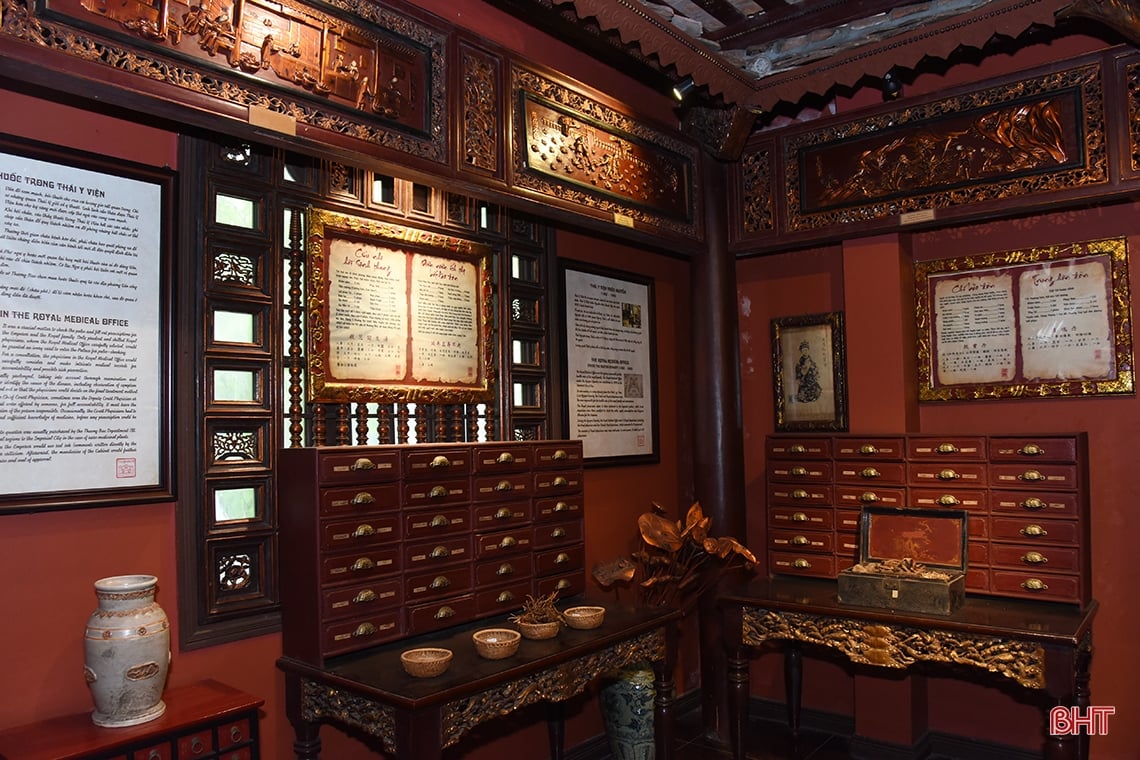

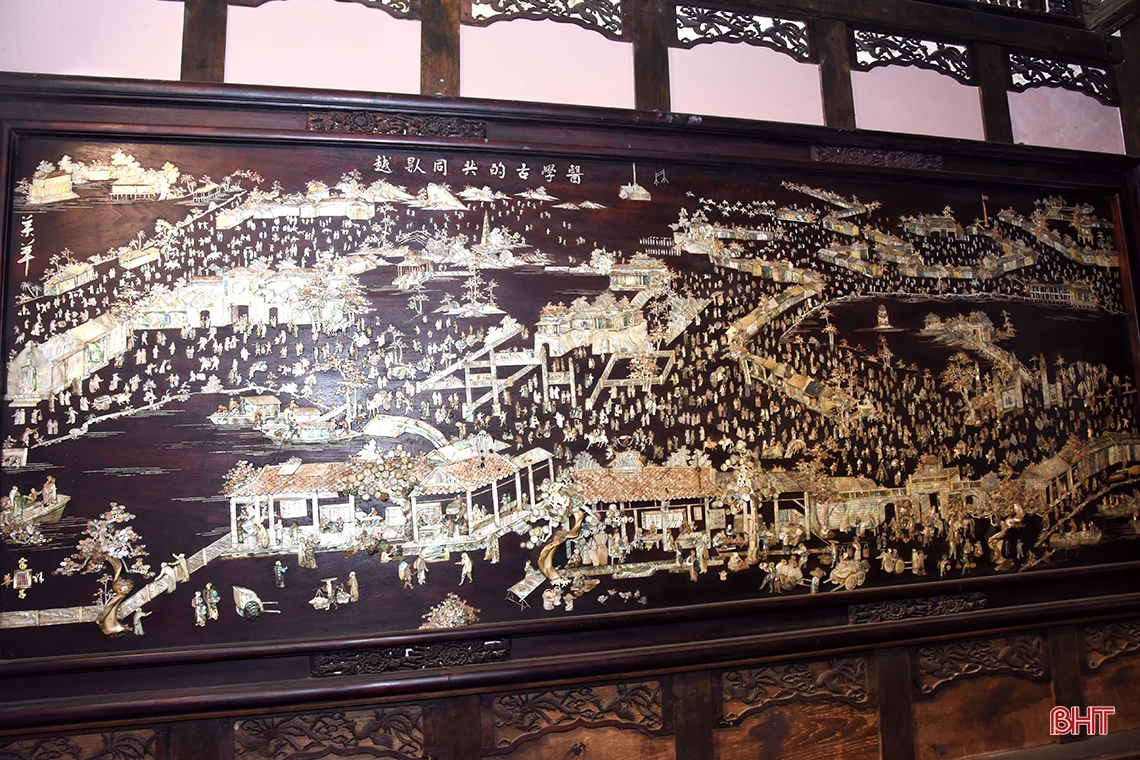
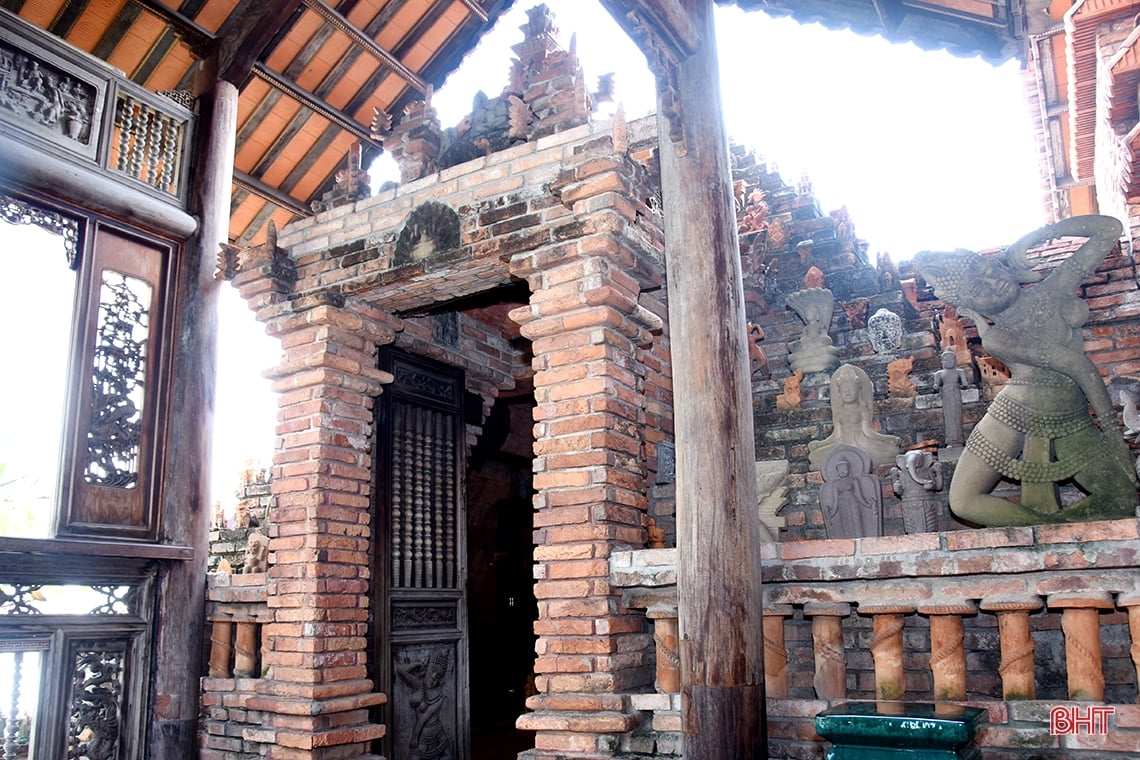
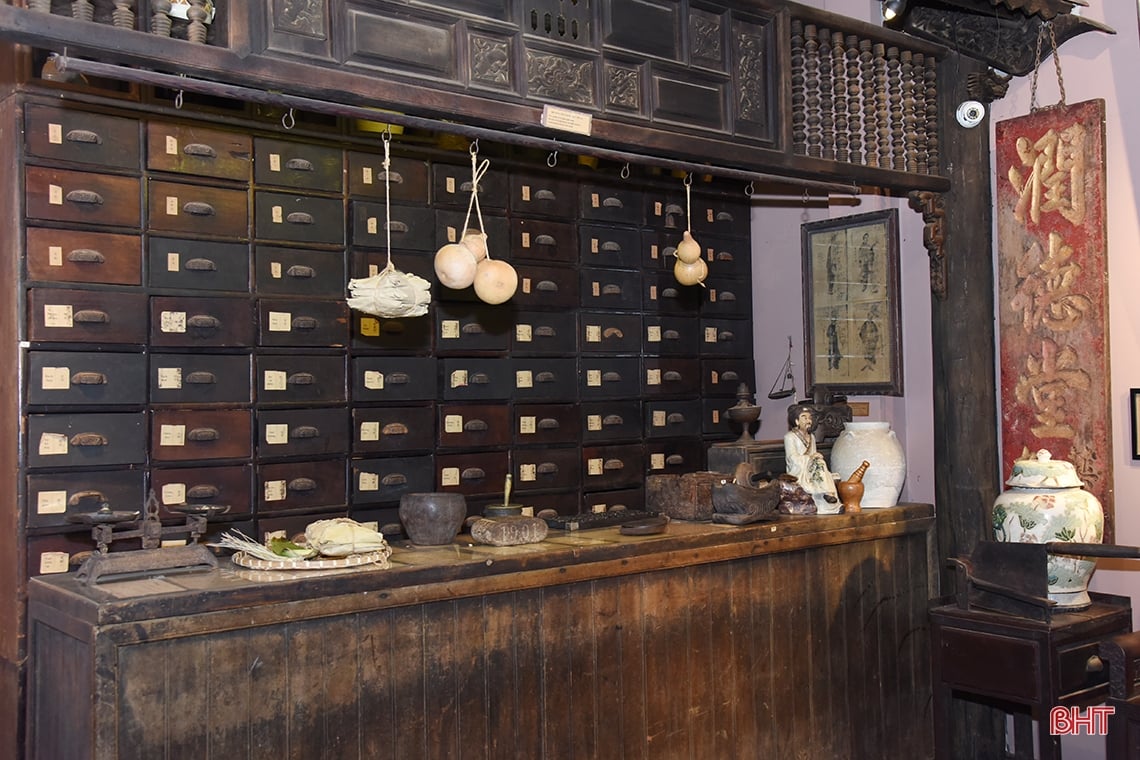
![[Photo] National Assembly Chairman Tran Thanh Man meets with outstanding workers in the oil and gas industry](https://vstatic.vietnam.vn/vietnam/resource/IMAGE/2025/4/17/1d0de4026b75434ab34279624db7ee4a)
![[Photo] Promoting friendship, solidarity and cooperation between the armies and people of the two countries](https://vstatic.vietnam.vn/vietnam/resource/IMAGE/2025/4/17/0c4d087864f14092aed77252590b6bae)
![[Photo] Nhan Dan Newspaper announces the project "Love Vietnam so much"](https://vstatic.vietnam.vn/vietnam/resource/IMAGE/2025/4/17/362f882012d3432783fc92fab1b3e980)

![[Photo] General Secretary To Lam receives French Ambassador to Vietnam Olivier Brochet](https://vstatic.vietnam.vn/vietnam/resource/IMAGE/2025/4/17/49224f0f12e84b66a73b17eb251f7278)
![[Photo] Closing of the 4th Summit of the Partnership for Green Growth and the Global Goals](https://vstatic.vietnam.vn/vietnam/resource/IMAGE/2025/4/17/c0a0df9852c84e58be0a8b939189c85a)

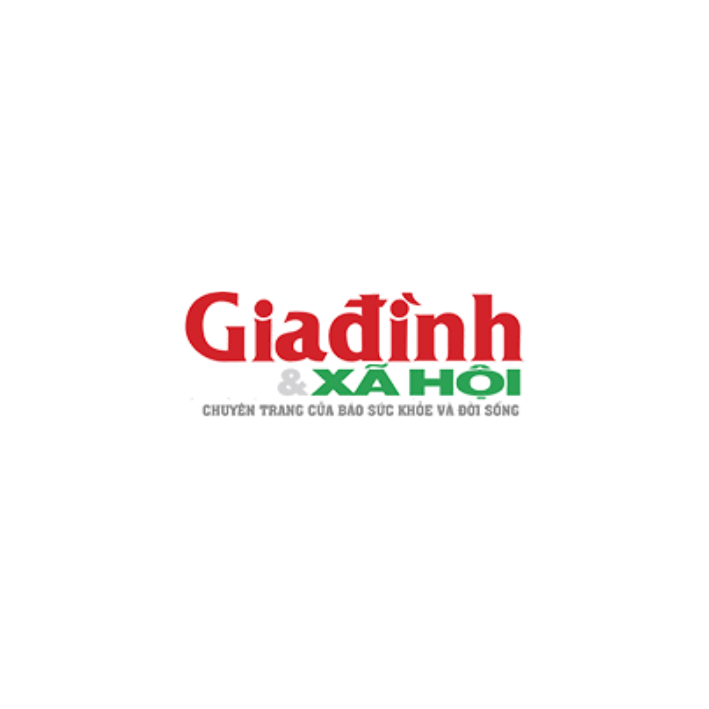
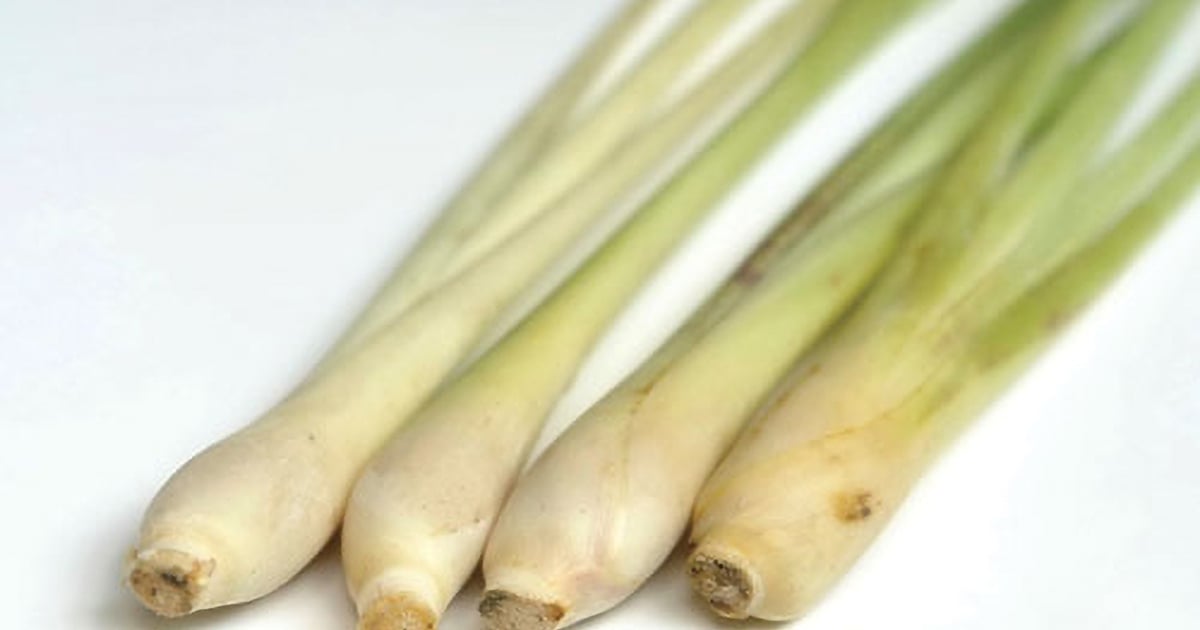



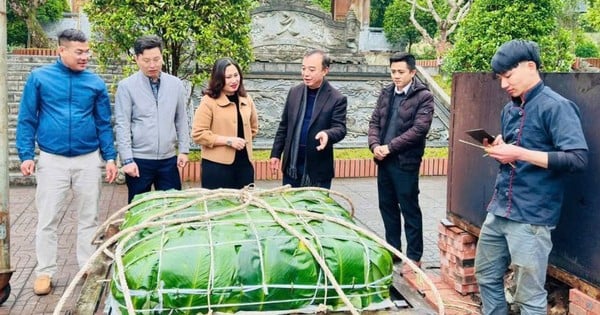

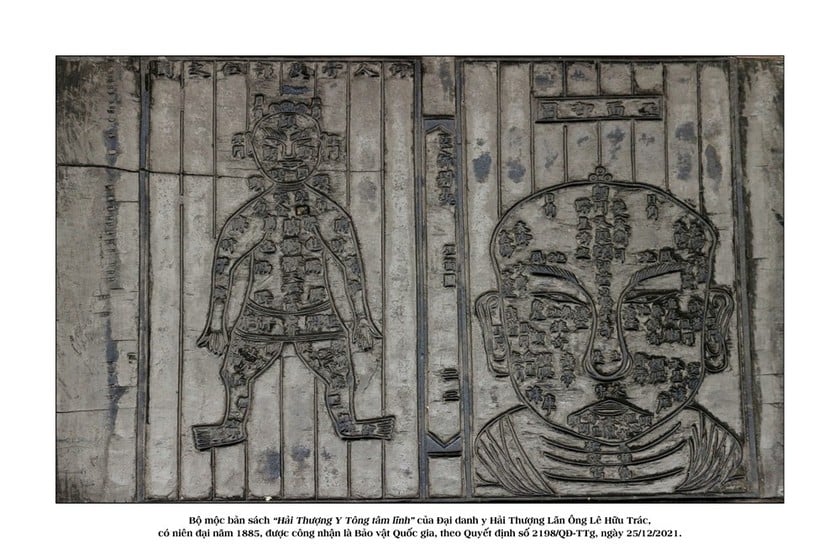
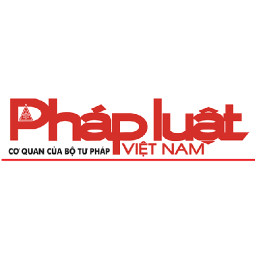

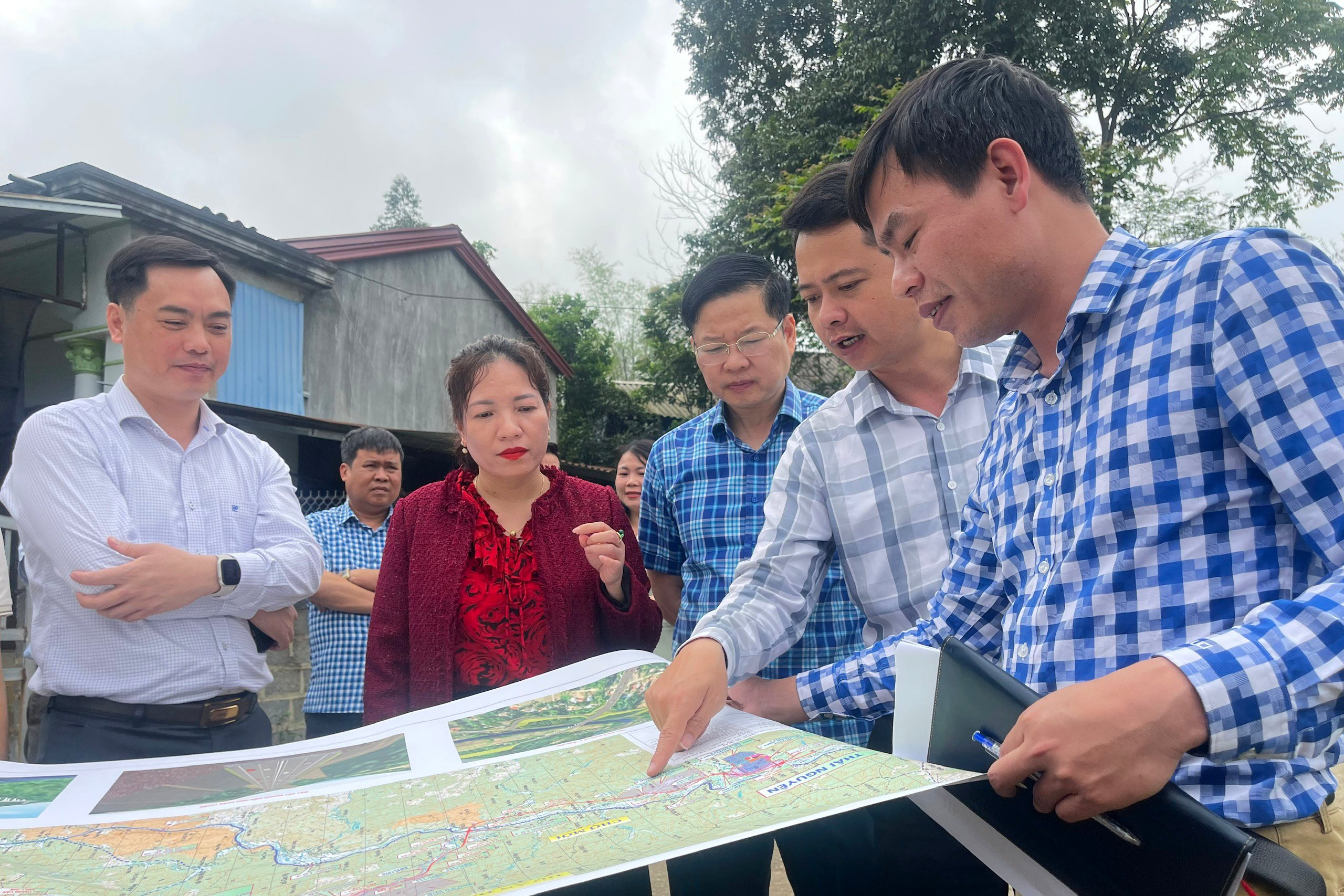
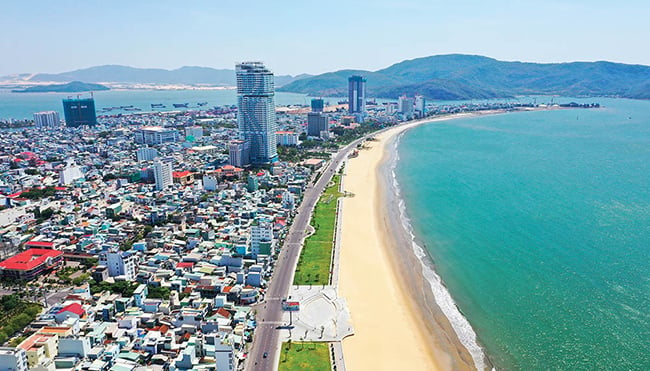
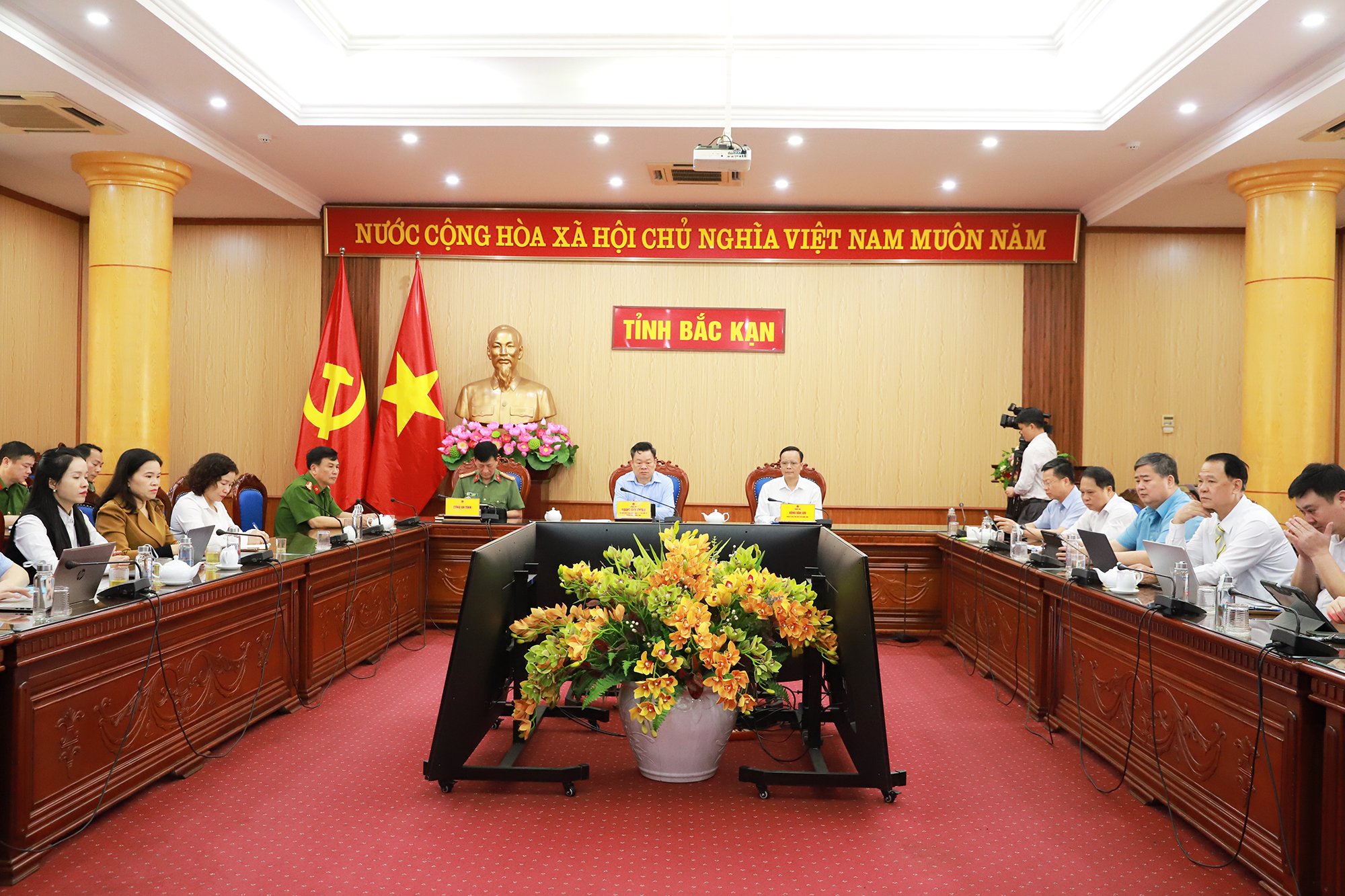
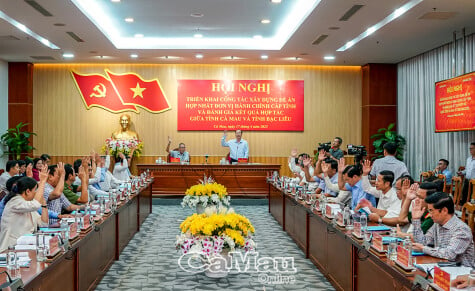

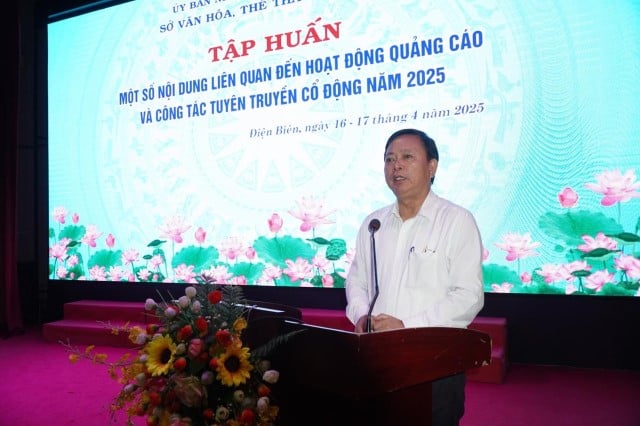




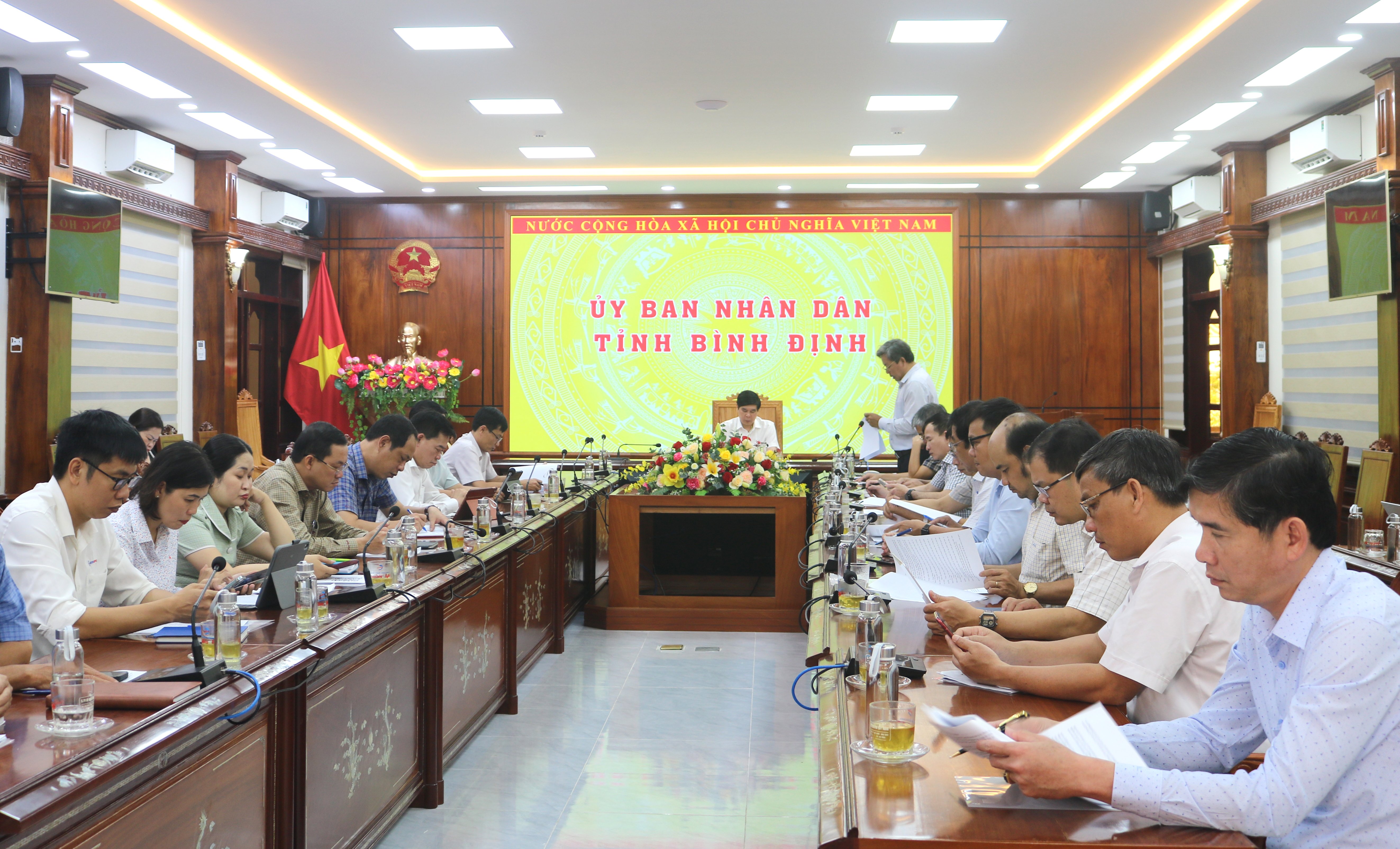

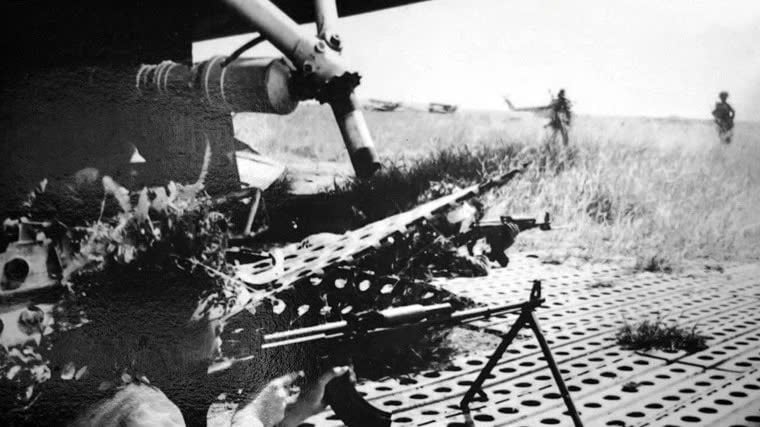

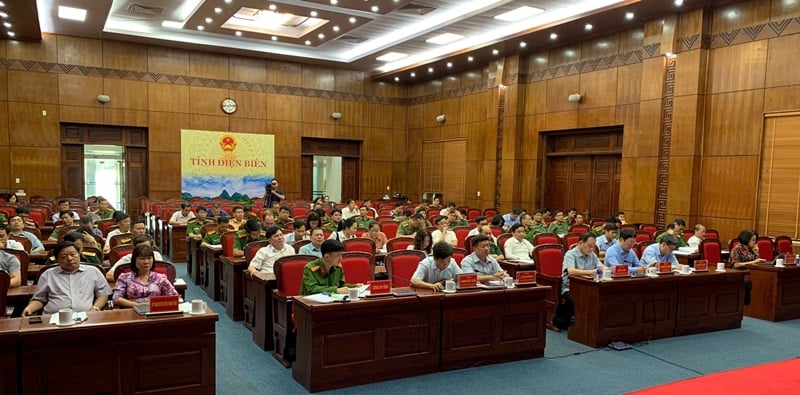
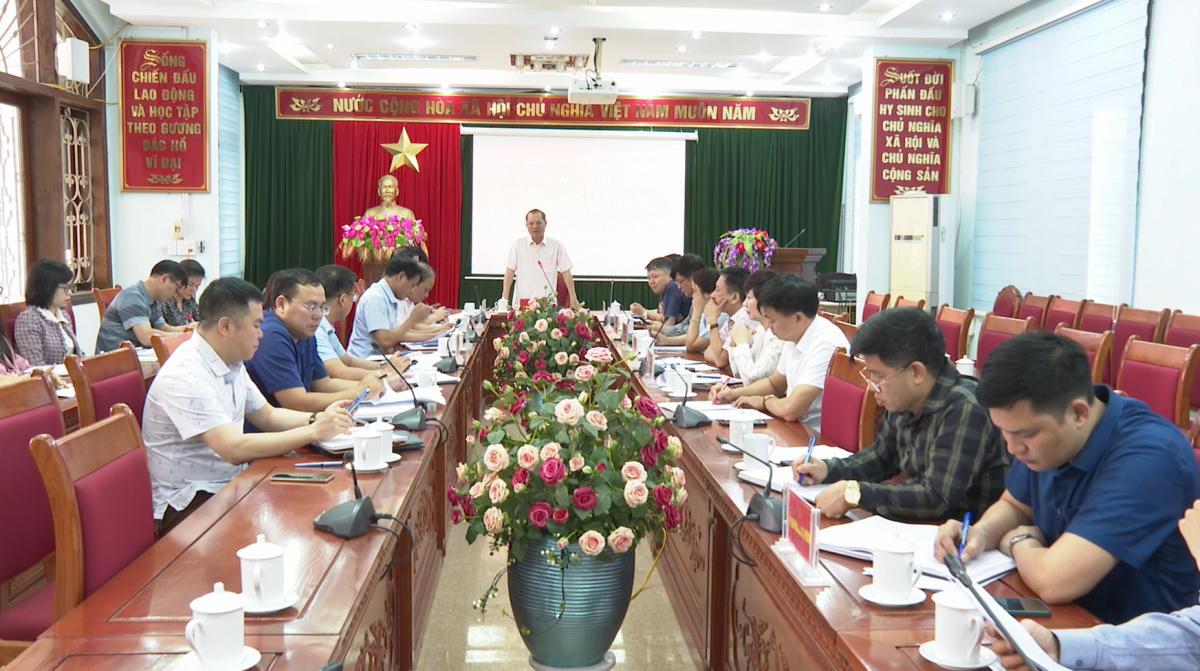
![[Photo] Welcoming ceremony for Chinese Defense Minister and delegation for friendship exchange](https://vstatic.vietnam.vn/vietnam/resource/IMAGE/2025/4/17/fadd533046594e5cacbb28de4c4d5655)
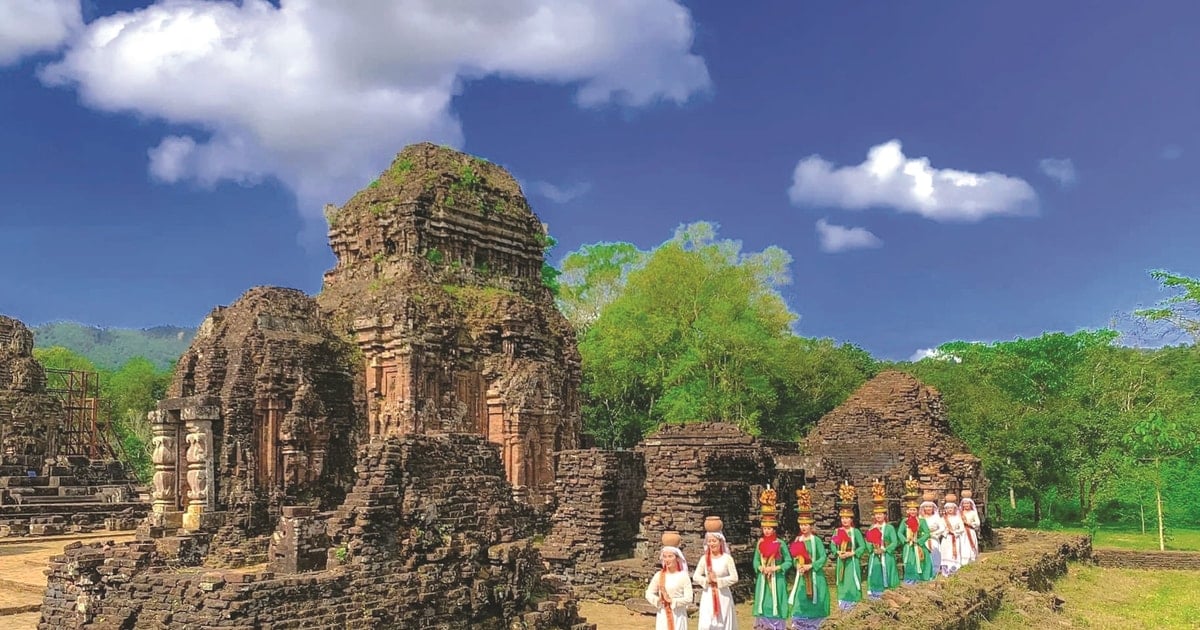


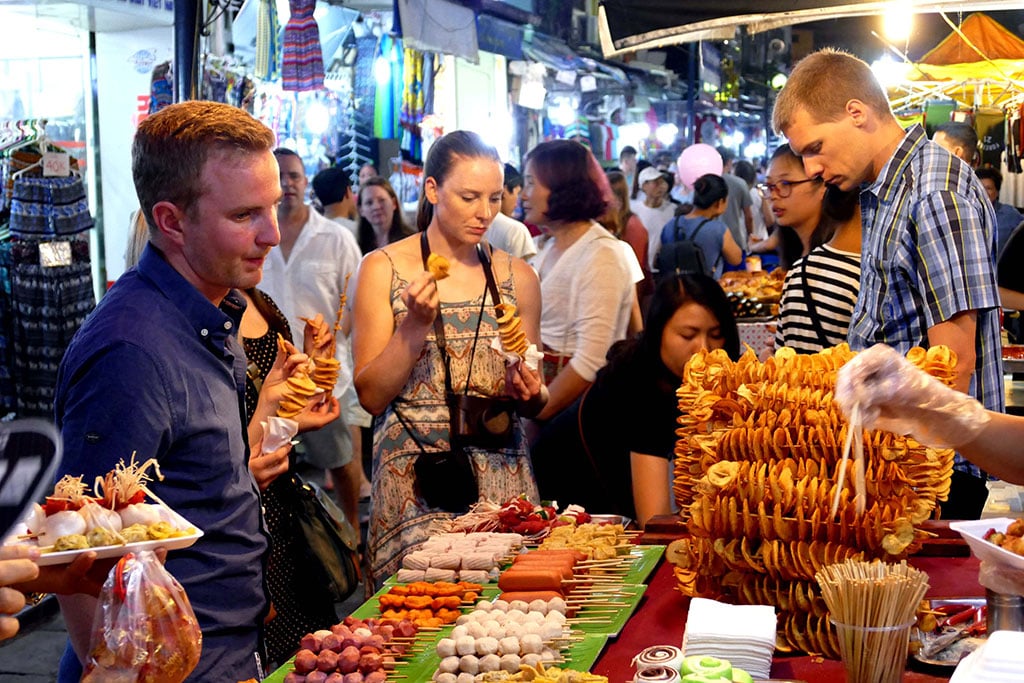



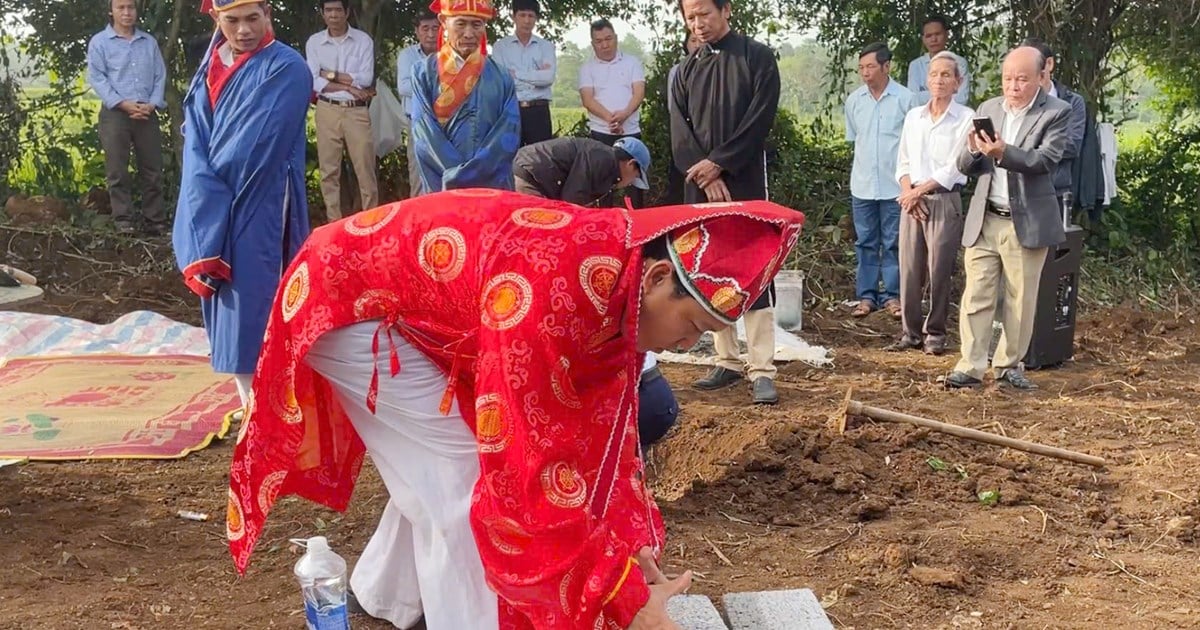

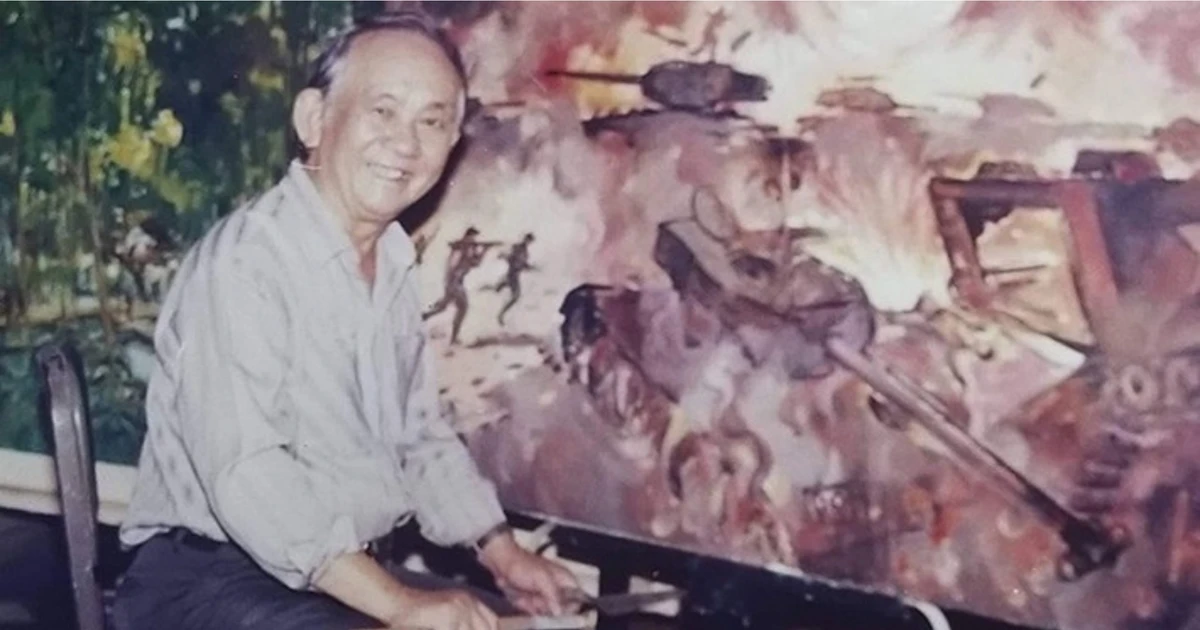
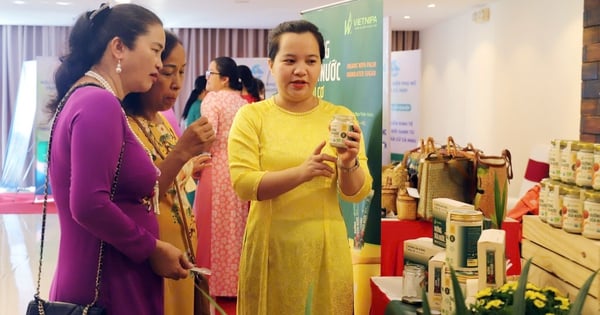







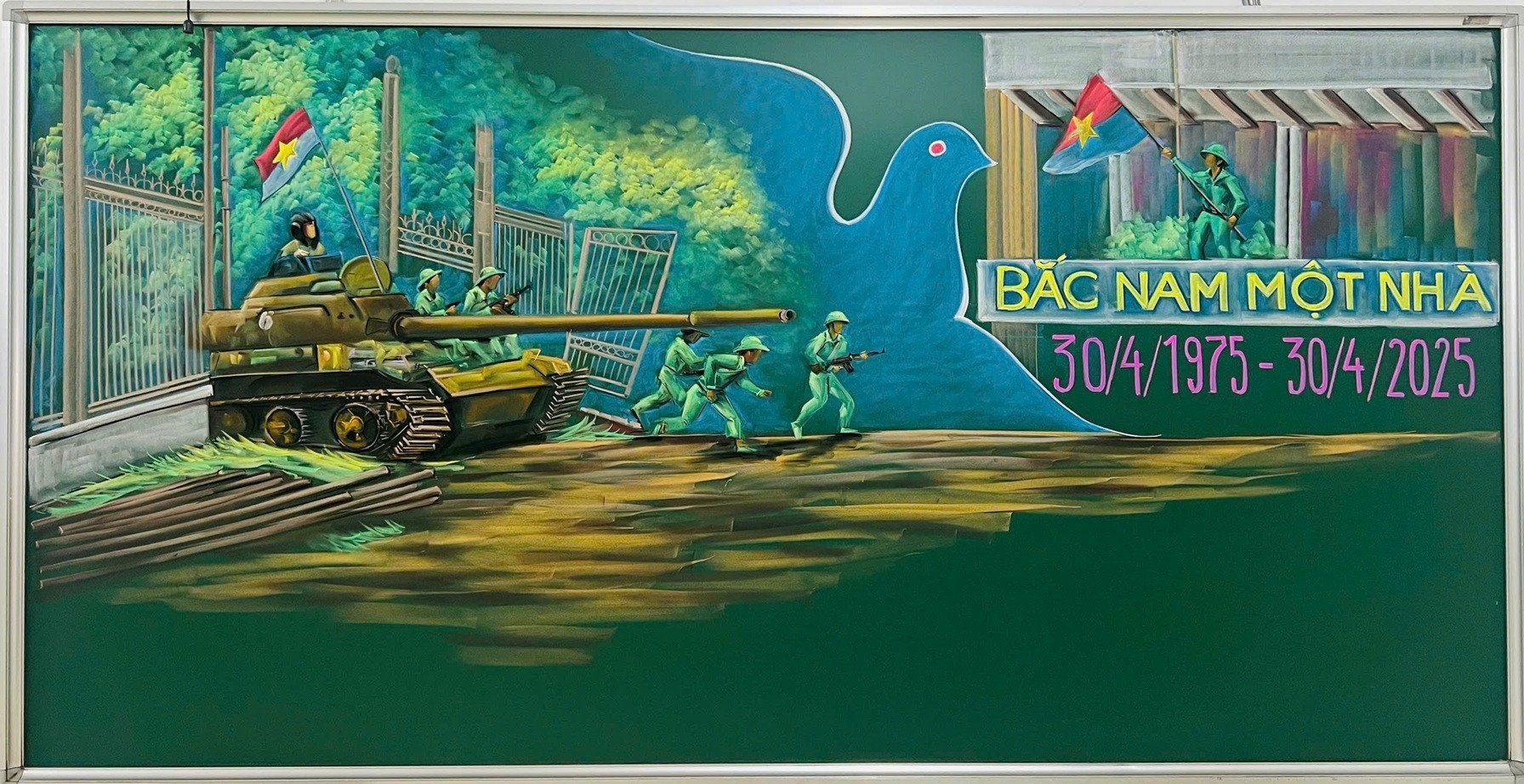
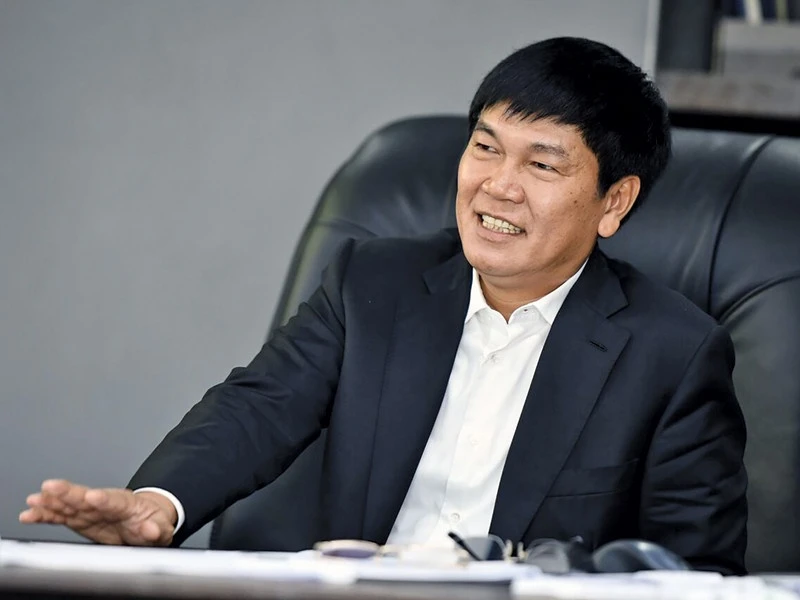







![[Video] Viettel officially puts into operation the largest submarine optical cable line in Vietnam](https://vstatic.vietnam.vn/vietnam/resource/IMAGE/2025/4/17/f19008c6010c4a538cc422cb791ca0a1)
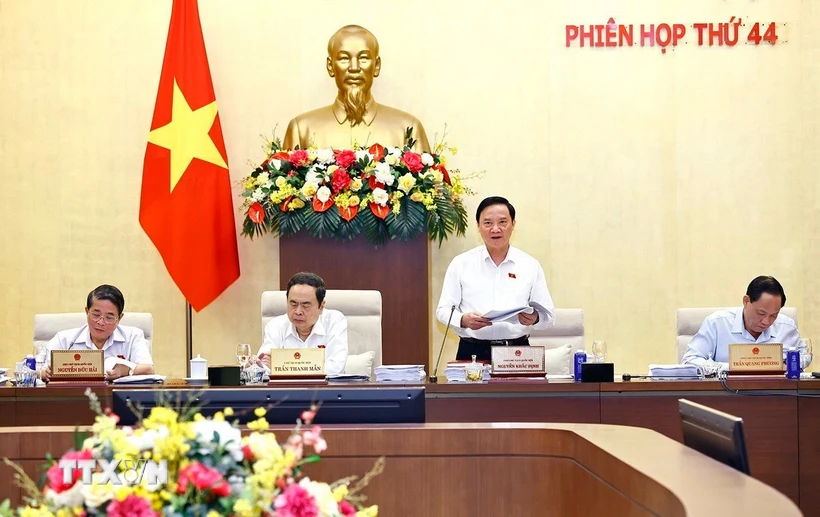
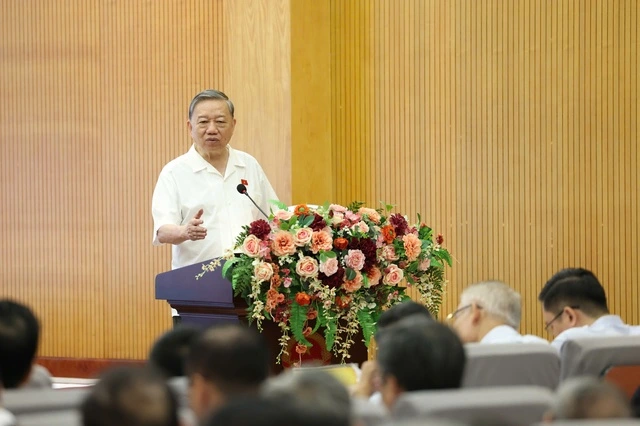
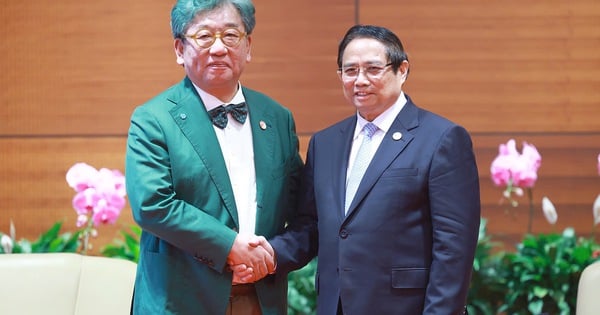

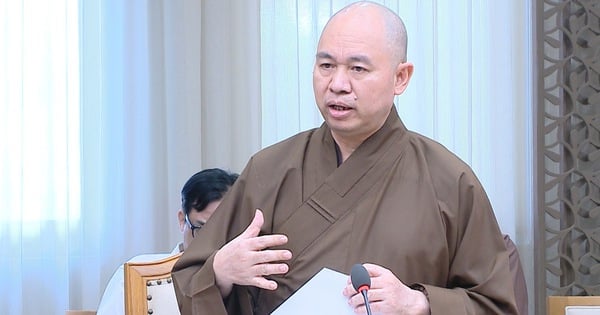
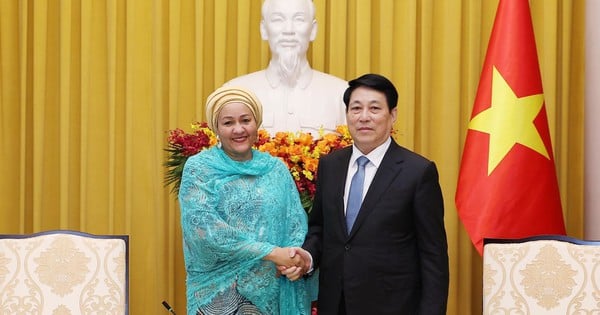
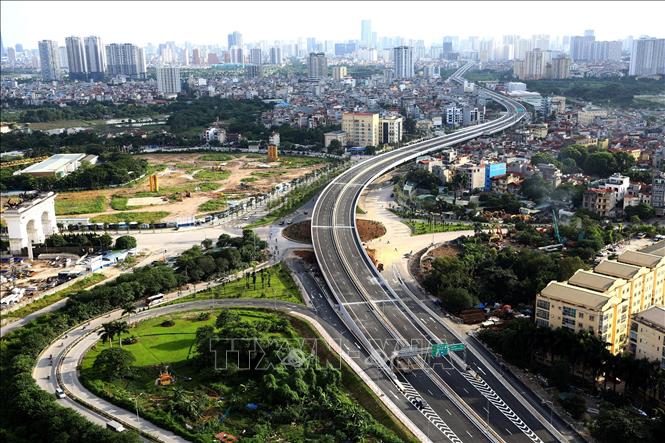

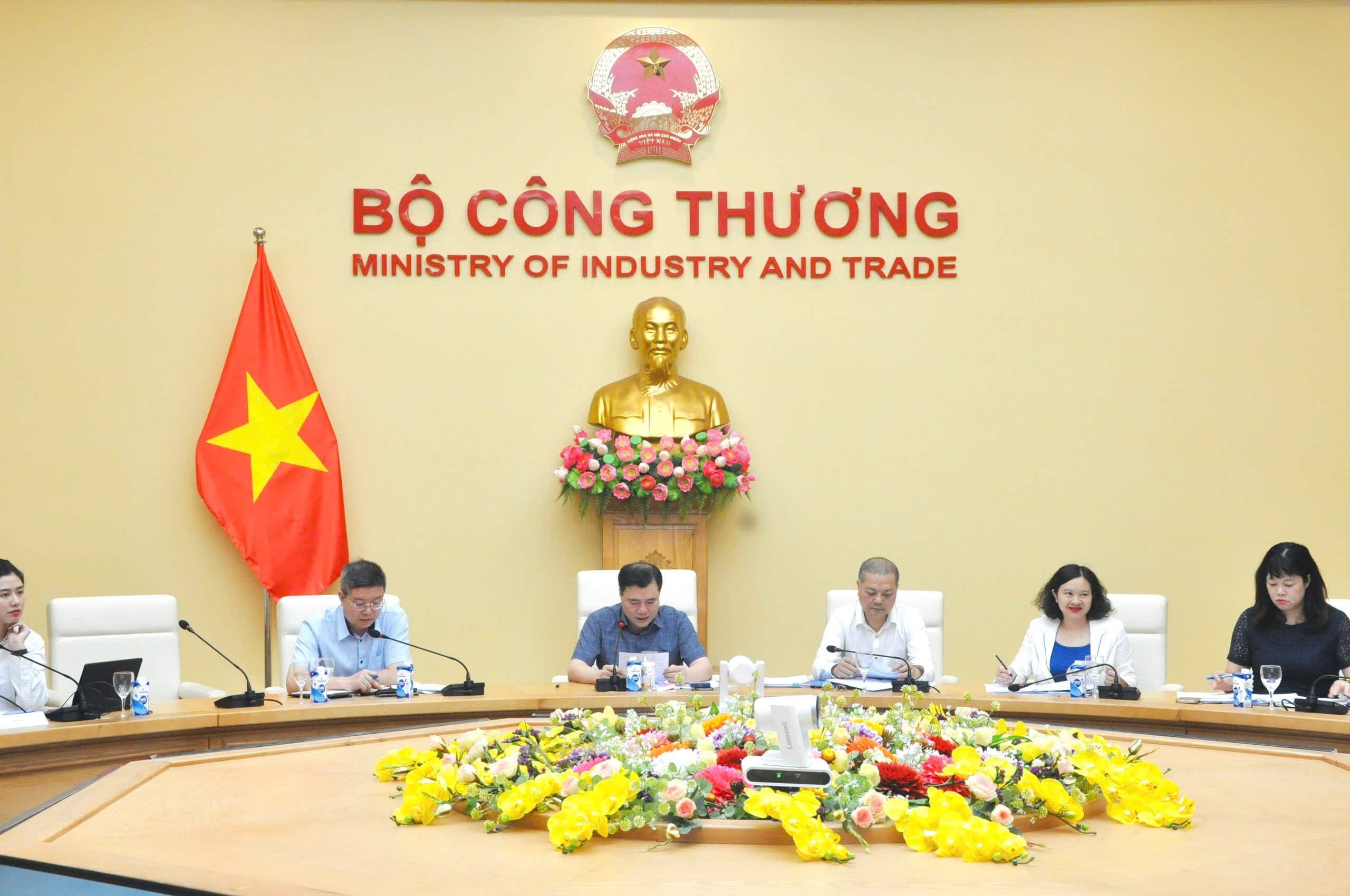






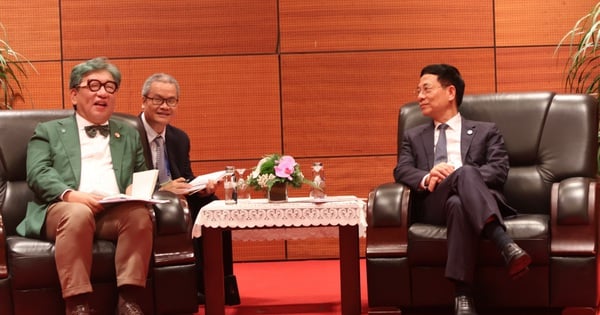
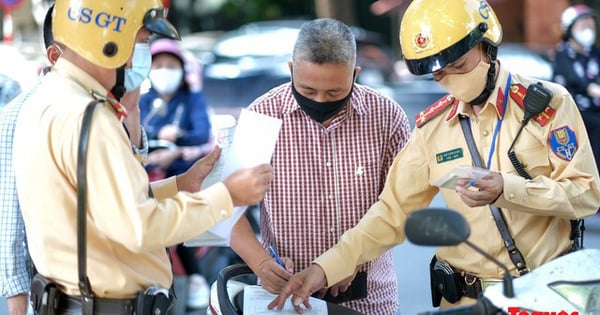
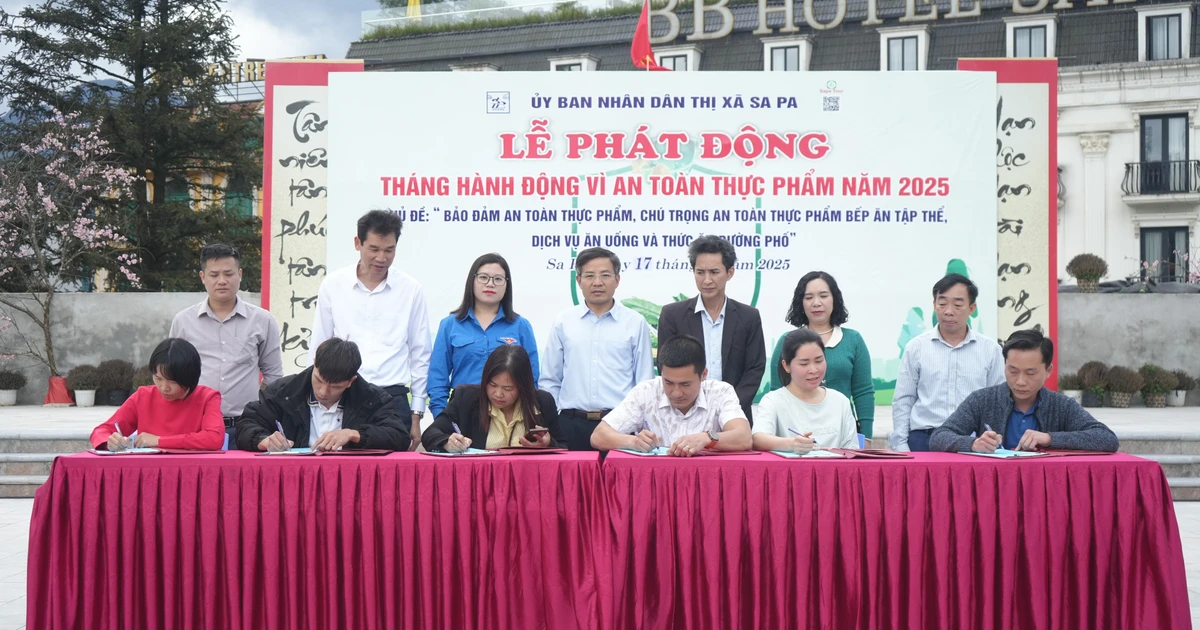



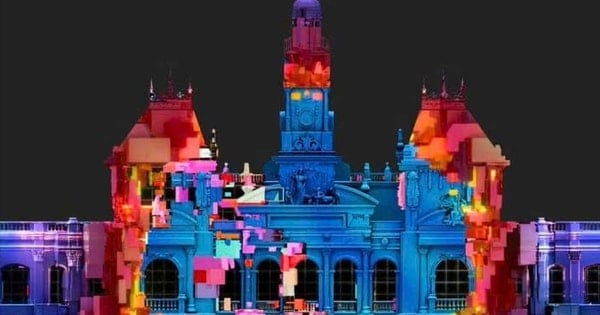



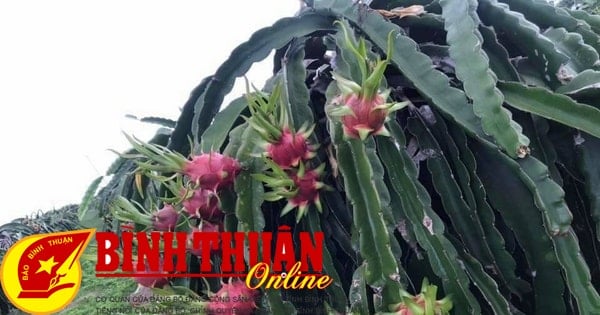

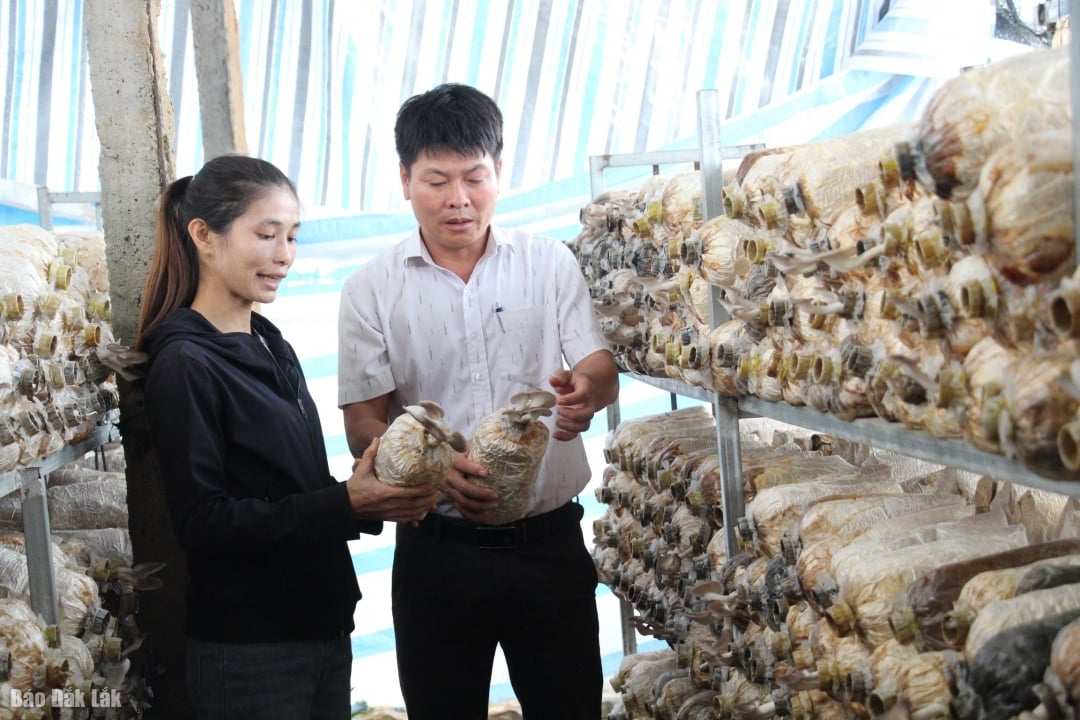

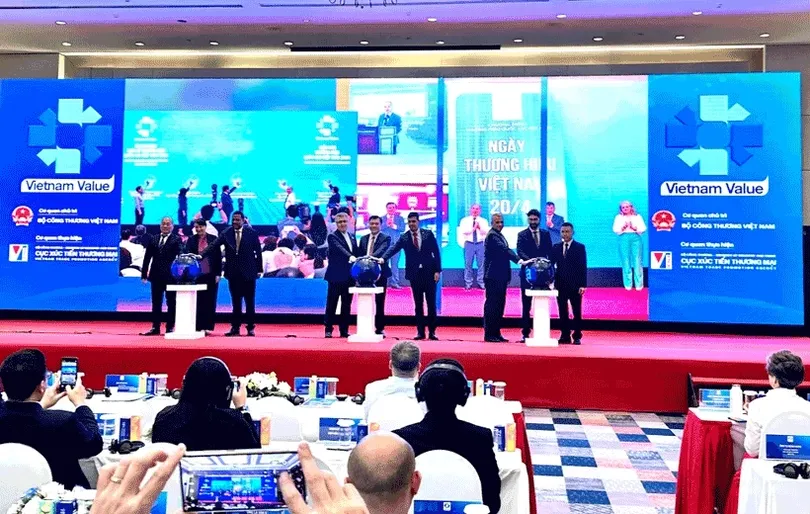

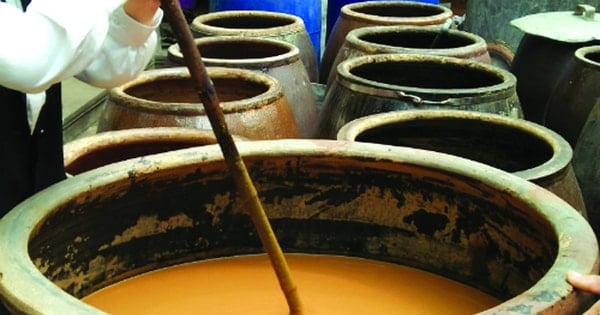
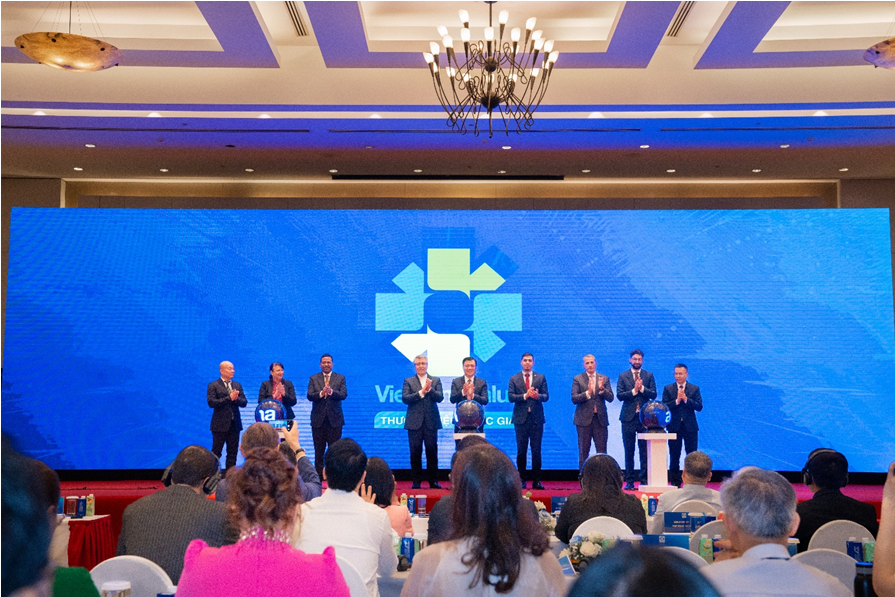
Comment (0)